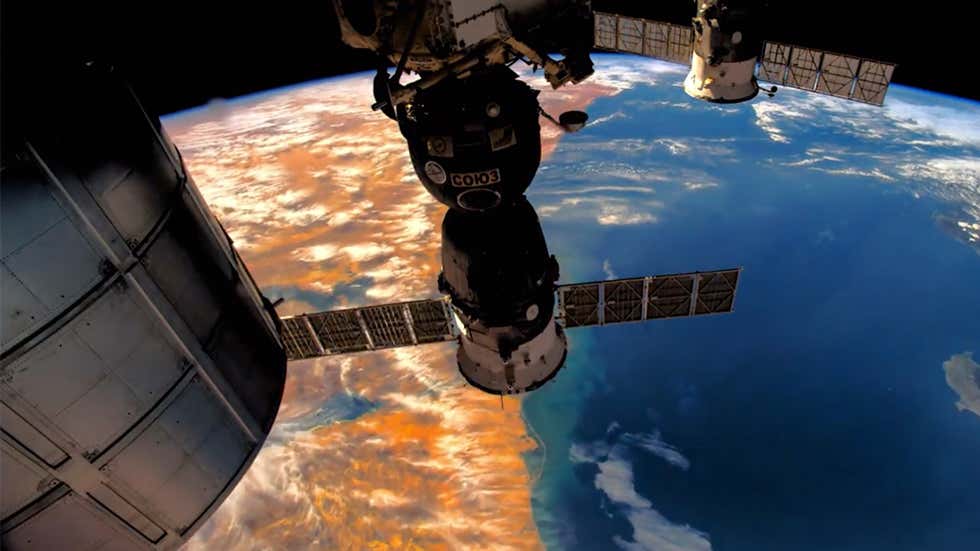
#SciSimplified by @MrigDixit ⤵️
👉What is Monsoon?
👉Why Kerala Receives First Rain?
👉When Does IMD Declare Onset?
weather.com/en-IN/india/sc…
(📸: Jipson Sikhera/TOI, BCCL, Kochi)
👉What is Monsoon?
👉Why Kerala Receives First Rain?
👉When Does IMD Declare Onset?
weather.com/en-IN/india/sc…
(📸: Jipson Sikhera/TOI, BCCL, Kochi)

@MrigDixit For centuries, winds have played a crucial role in almost all voyages navigating long distances through rough seas. One such seasonal wind that sailors historically used to reach India was the #Monsoon.
@MrigDixit As it implies from its likely origin from the Arabic word Mawsim, the monsoon is nothing but a periodic seasonal wind. It is the dominant feature of India’s climate, which brings around 80% of the total precipitation across the country.
#Monsoon
#Monsoon

- History of monsoon
Hippalus, a Greek mariner, holds the credit for the discovery of #Monsoon winds way back in AD 45-47. Scientific evidence also highlights that the people of the Indus Valley Civilisation could have used these winds for navigation as early as 2500 BC.
Hippalus, a Greek mariner, holds the credit for the discovery of #Monsoon winds way back in AD 45-47. Scientific evidence also highlights that the people of the Indus Valley Civilisation could have used these winds for navigation as early as 2500 BC.
One of the most popular applications of these winds for navigation is by the Portuguese explorer, Vasco Da Gama, who used them to reach Calicut, India via sea on May 20, 1498.
#Monsoon
#Monsoon

- What drives monsoon?
#Monsoons are predominantly driven by the two winds: southwesterly and northeasterly, i.e., southwest and northeast. During the southwest monsoon, which occurs in the summer months, the southwesterly winds blow from East Africa to India.
#Monsoons are predominantly driven by the two winds: southwesterly and northeasterly, i.e., southwest and northeast. During the southwest monsoon, which occurs in the summer months, the southwesterly winds blow from East Africa to India.
On the other hand, during the northeast, the winds completely reverse with respect to the change in the atmospheric conditions and blow from India to Africa.
#Monsoon
#Monsoon

- Tropical rain belt
Another feature that plays an important role during the rainy season is the tropical rain belt, which mainly occurs due to the shift in the Sun’s position.
#Monsoon
Another feature that plays an important role during the rainy season is the tropical rain belt, which mainly occurs due to the shift in the Sun’s position.
#Monsoon
- Monsoon onset over Kerala
The actual arrival of the #Monsoon is marked by a prolonged period of rain over most parts of #Kerala. This is because the southwest monsoon branch arrives from the Arabian Sea, and hits the western ghats of Kerala before any other parts of India.
The actual arrival of the #Monsoon is marked by a prolonged period of rain over most parts of #Kerala. This is because the southwest monsoon branch arrives from the Arabian Sea, and hits the western ghats of Kerala before any other parts of India.

Both IMD and TWC forecasts for the 2021 southwest monsoon season suggest a marginally wetter than normal #Monsoon for India this year with a total seasonal rainfall of 101% of the Long Period Average (LPA).
• • •
Missing some Tweet in this thread? You can try to
force a refresh











